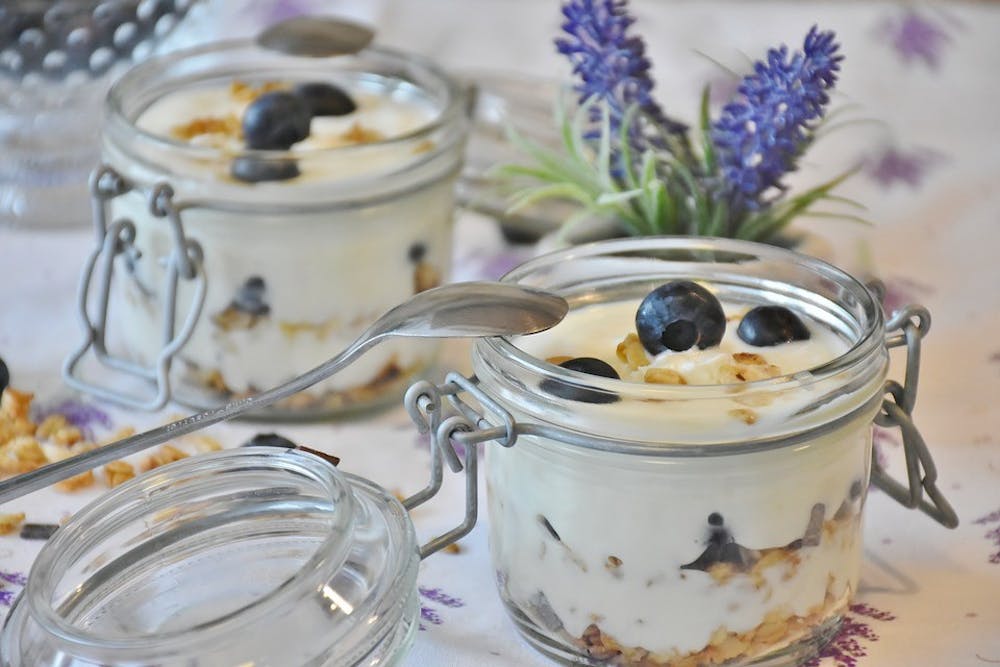You don’t need a cow, just some bacteria you bought off a guy on eBay—or one scoop of store–bought yogurt. Your choice. Miru Osuga (C ‘18) has had yogurt in her fridge ever since she got to Penn, but she’s only been buying milk. She saves both money and the environment at the same time by making her own yogurt at home.
Miru describes her mom as passionate about eliminating waste and keeping up with the latest food fads. She first introduced Miru to making yogurt at home. An environmental studies minor herself, Miru talks about how the commercial process of producing yogurt is harmful to the environment, and store–bought yogurt containers create even more waste. By making yogurt at home, Miru uses reusable containers to produce an all natural yogurt. When Miru was in high school, her mother bought a bacterial culture online, left it out of the fridge in a jar of milk overnight, and woke up to yogurt the next morning. And this wasn’t a one time thing—when the quart was almost gone, she took a scoop, added more milk, and left it out again. Self–reproducing yogurt: that’s the beauty of binary fission, to you biology majors out there. Miru is now, years later, eating essentially the same yogurt her mom first bought by making it in her dorm in Harnwell.
Miru loves knowing exactly what goes into her yogurt without any artificial preservatives or sweeteners. She adds honey, berries, chia seeds, and jam to give it some all–natural sweetness and flavor. Companies like Chobani tout the lack of sweeteners and preservatives in their yogurt, but you have to pay a much higher price to go the healthy route.
So how can you do this yourself? Simple. You don’t even have to buy a bacterial culture online—just one bowl of yogurt from the store. The last one you’ll ever buy. Take a scoop (about a quarter cup), put it in a quart–sized container, and fill the rest of the container up with milk. Leave it out for the night and pop it in the fridge in the morning, or simply eat it right then and there. Miru isn’t even sure it ever goes bad because it hasn’t happened to her yet.
I actually got to try some of Miru’s yogurt, so I can say you’ll definitely want something to sweeten it with. It has a sour taste acquired through the fermentation process, and the longer it sits out, the more sour it becomes. I added honey and blueberries, and although there is still a sour taste, you start to get used to it the more bites you take. According to Miru, after years of eating it, she can’t go without it and prefers the taste to that of traditional yogurts. I’d say the biggest thing to get used to is the texture. It’s less smooth than the store–bought variety; the word Miru and I use to describe it was gooey. The yogurt oozes off the sides of the spoon in strands when you sift through it. It’s like a science experiment/taste experience combined in one. Miru has also experimented with making kefir, a similarly made fermented milk drink. While I didn’t get to try it, Miru describes it as having a texture more akin to that of a Danimals yogurt.
Her creation of yogurt has been an “empowering experience,” and breakfast has become really important to her. Whether you want to feel some empowerment over the course of your day, help reduce waste, save money, or live better, DIY yogurt seems like something anyone can partake in and enjoy.







